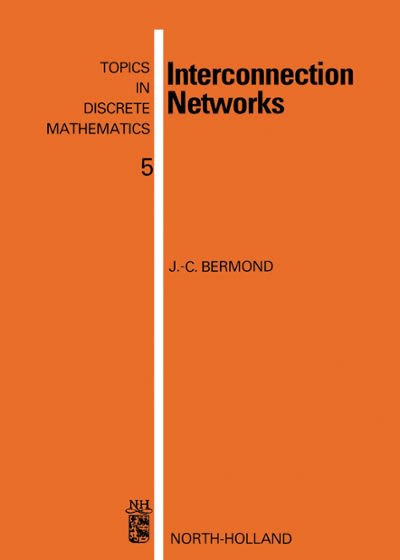Question
Need Work or Explanation Question 1 In which of the following situations does the rule for sample proportions apply? A pollster takes a randomly-selected sample
Need Work or Explanation
Question 1
In which of the following situations does the rule for sample proportions apply?
A pollster takes a randomly-selected sample of 1,000 Americans and asks their opinion on the President (approve/disapprove/neutral). She is interested in the percentage who approve of the President.
You want to know whether or not American college students like the new song by your favorite singer. You ask 10 of your friends and record the percentage who say they do like it.
A journalism professor who wants to know the average number of parking tickets all ASU faculty and students get during the year asks the question of the 200 freshman students in his class and records the number of tickets each student reports.
All of the above.
Question 2
How do larger samples generally compare to smaller samples in producing accurate estimates of population values?
They are always more accurate
They generally are more accurate, but not always.
They always are less accurate.
They generally are less accurate, but not always.
Question 3
True or False: If five pollsters take five different random samples of 400 voters, the results of the five polls will be identical.
Step by Step Solution
There are 3 Steps involved in it
Step: 1

Get Instant Access to Expert-Tailored Solutions
See step-by-step solutions with expert insights and AI powered tools for academic success
Step: 2

Step: 3

Ace Your Homework with AI
Get the answers you need in no time with our AI-driven, step-by-step assistance
Get Started


